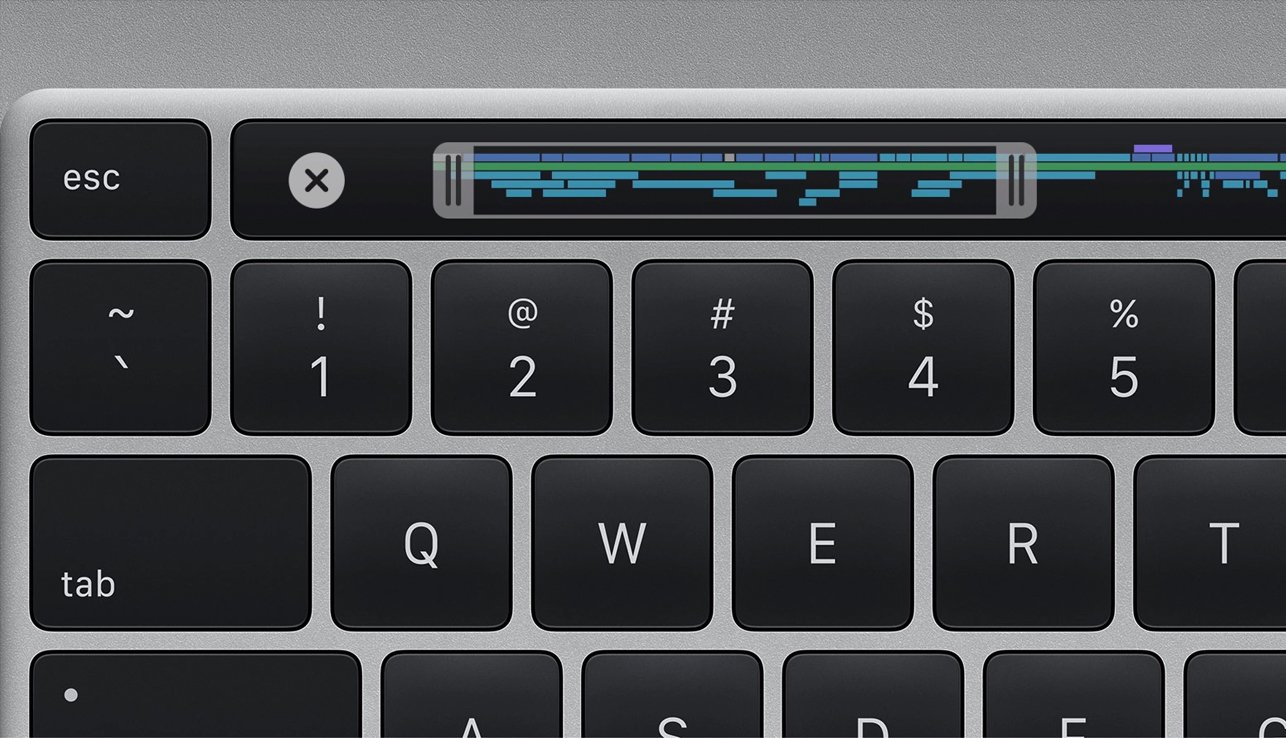

- Mac wont boot off of usb, asking for bootabe disk install#
- Mac wont boot off of usb, asking for bootabe disk free#
- Mac wont boot off of usb, asking for bootabe disk mac#
Instead of sudo bless -device /dev/disk0sN -setBoot, run sudo bless -device /dev/disk2s2, without the flag, where /dev/disk2s2 refers to the path of the Ubuntu Boot Partition as mentioned above.Īfter everything, when you reboot, hold down the Option key and in addition to the standard choices, you should see an EFI Boot choice, which if selected, should chainload to a GRUB menu from the GRUB installed at the Ubuntu Boot Partition, from where you can chainload to the Ubuntu installation. Also identify your Ubuntu Boot Partition, e.g. Instances of /dev/sda should instead read /dev/sddīack in OS X, You may run diskutil list to determine where your external disk is mounted, e.g. Make a note of that partition, it should be /dev/sddN.

Mac wont boot off of usb, asking for bootabe disk free#
In the free space, perform similar steps as the guide to create an ext4 partition that will be "/", and a swap partition. Select the larger partition and delete it. Change the "Device for boot loader installation:" to the one at /dev/sdd.Ģ. Identify the hard drive you had formatted and partitioned earlier, and the path it is on. Apply your changes.Īfter you select "Something else", on that screen,ġ. Launch GParted, identify the location of your external drive (here I assume that it is /dev/sdd), identify the partition (it should be a HFS+ partition), and resize it down to 200MB or 200MiB.
Mac wont boot off of usb, asking for bootabe disk install#
If not followed, you would be at risk of overwriting data in your primary hard drive.īefore you install Ubuntu, if you weren't able to resize the first partition to be as small as 200MB using OS X's Disk Utility, now is your chance. The first partition should be as small as possible but not less than 200MB. Next, partition the drive such that you have two partitions, and the first should have the "OS X Extended (Journaled)" filesystem. The purpose of this is to ensure that your hard drive uses the GPT Partition Map and therefore bootable from EFI. Reformat the hard drive so that the Format is "OS X Extended (Journaled)" and the Scheme is "GPT Partition Map". Instead of selecting your internal hard drive, select the drive you want to install Ubuntu to. Under certain circumstances you can do it without wiping, but I won't cover that here. Instead of 50 GB free space, you need instead a hard drive that you don't mind wiping. I have followed this (, mirrored on: ) guide with the following modifications.

You should be able to try this on your system without fear of irreversibly altering your primary hard drive and system. My directions are for installing Ubuntu 16.04 LTS on a 2014 MacbookPro 13-inch Retina model for a system with EFI after installation, you should be able to boot an Ubuntu installation on an external drive from your Mac's native EFI software.
Mac wont boot off of usb, asking for bootabe disk mac#
The problem with naively installing Ubuntu on an external drive is that your Mac might not recognize it as bootable, due to its custom implementation of the EFI and UEFI specs. Yes, in fact I have just done it yesterday!


 0 kommentar(er)
0 kommentar(er)
